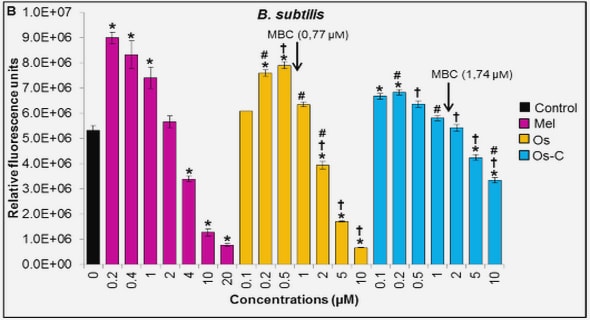(Downloads - 0)
For more info about our services contact : help@bestpfe.com
Table of contents
CHAPTER 1: LITERATURE REVIEW
1.1 General introduction
1.2 Hydrodynamics of two-phase flow in microchannels
1.2.1 Microchannel definition
1.2.2 Two-phase flow patterns
1.2.3 Two-phase flow regime maps
1.2.4 Effects of channel diameters and liquid properties on two-phase flow patterns
1.2.5 Two-phase pressure drop in microchannels
1.3. Two-phase mass transfer and reaction in microreactors
1.3.1 Two-phase mass transfer in microreactors
1.3.2 Gas-liquid reaction in microreactors
1.4 Conclusions
References
CHAPTER 2: GAS-LIQUID FLOW PATTERNS IN CIRCULAR MICROCHANNELS
2.1 Experimental set-up
2.1.1 Test rig
2.1.2 Test section
2.1.3 Working fluids
2.1.4 Parameters measurement and uncertainty analysis
2.2 Flow patterns and flow regime maps in horizontal circular microchannel with a Y junction
2.2.1 Nitrogen-water flow – Influence of channel size
2.2.2 Nitrogen-CMC solution horizontal flow in circular microchannel – influence of viscocity
2.2.3 Nitrogen-SDS solution and Nitrogen-ethanol horizontal flow in circular microchannel influence of surface tension
2.3 Comparison with existing flow regime maps and available transition criteria
2.3.1 Comparison with existing flow regime maps
2.3.2 Comparison with available transition criteria
2.4 Transition criteria based on the present experimental data
2.5 Conclusions
References
CHAPTER 3: TWO-PHASE PRESSURE DROP MODEL FOR INERTIA-DOMINATED REGION
3.1 Introduction
3.2 Experimental condition and data reduction
3.3 Dependence of pressure drop on the flow regimes
3.4 Two-phase pressure drop in circular horizontal microchannel in inertia-dominated region
3.4.1 The comparison of experimental results with existing homogeneous-flow model correlations
3.4.2 The comparison of experimental results with existing Lockhart-Martinelli model correlations
3.5 New correlation for modified Lockhart-Martinelli model
3.5.1 The influence of channel diameter
3.5.2 The influence of liquid viscosity and surface tension
3.5.3 The proposal of new C correlation
3.5.4 Verification of the modified Lockhart-Martinelli model using presently proposed C correlation
3.6 Conclusions
References
CHAPTER 4: HYDRODYNAMIC CHARACTERISTICS OF TAYLOR FLOW IN CIRCULAR MICROCHANNELS
4.1 Introduction
4.2 Results and discussion
4.2.1 Taylor bubble velocity and void fraction
4.2.2 Formation mechanism of Taylor bubbles
4.2.3 Pressure drop characteristics
4.3 Conclusions
References
CHAPTER 5: OXIDATION OF HYDROGENATE 2-ETHYLTETRAHYDROANTHRAQUINONE IN CIRCULAR MICROCHANNEL
5.1 Introduction
5.2 Experiments
5.2.1 Set up
5.2.2 Working solution and analytical method
5.3 Oxygen-anthraquinone working solution two-phase flow in circular microchannel
5.3.1 Two-phase flow patterns
5.3.2 Pressure drop
5.4 Oxidation of THEAQH2 in circular microchannel
5.4.1 Gas-liquid specific interfacial area
5.4.2 Effects of temperature on oxidation
5.4.3 Effects of operating pressure
5.4.4 Effects of liquid velocities on the oxidation
5.5 Conclusions
References
CONCLUDING REMARKS



